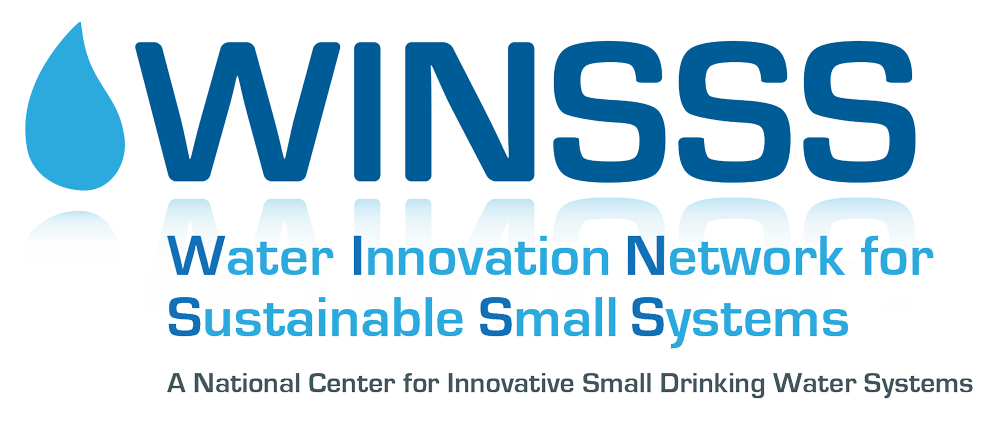WINSSS defines Small Public Water Systems (SPWS) in accordance with the U.S. Environmental Protection Agency's (USEPA) definition as a water system intended for human consumption, serving fewer than 10,000 persons. The following information was provided by the USEPA.
What are Small Public Water Systems?
More than 94 percent of the nation’s 156,000 public water systems serve fewer than 3,300 persons. These systems—classified as small by EPA—face unique financial and operational challenges in providing drinking water that meets EPA standards. EPA is committed to giving small systems the financial and technical resources they need to provide safe drinking water now and in the future.
What Challenges Do Small Systems Face?
Given their small customer base, many small water systems cannot develop or access the technical, managerial and financial resources needed to comply with the increasing number of EPA regulations and rising customer expectations. These water systems may be geographically isolated. Their staffs often lack the time or expertise to make needed infrastructure repairs; install or operate treatment; or develop comprehensive source water protection plans, financial plans or asset management plans. Here is a snapshot of small drinking water system violations across the United States:
| Reason | All Sizes | Serving < 10K | Addressed by WINSSS Project # | ||
|---|---|---|---|---|---|
| #systems | population | #systems | population | ||
| Lead & Copper | 8,542 | 17.94 M | 8,193 | 6.05 M | B3, D |
| Coliform Bacteria | 6,179 | 9.89 M | 6,000 | 2.64 M | A1, B3 |
| DBPs | 789 | 9.54 M | 689 | 1.24 M | A1, A2, A4, A6, B3, C1, C3, D |
| Arsenic | 550 | 0.69 M | 538 | 0.30 M | A1, B3 |
| Nitrates | 555 | 0.37 M | 552 | 0.13 M | A3, A4, B3, D |
| Other inorganics | 98 | 0.29 M | 92 | 0.06 M | A1, A3, B3 |
| Volatile Organics | 21 | 0.06 M | 20 | 0.01 M | C3 |
| Synthetic Orgs. | 12 | 0.05 M | 10 | 0.003 M | A1, C1 |
| Radioactive | 288 | 0.49 M | 278 | 0.019 M | A3, B3 |
Number of Systems with DBP Maximum Contaminant Level Violations

(Rubin, 2013; “Evaluating Violations of Drinking Water Regulations,” JAWWA, 105(3)E137-E147)
Number of Systems with Arsenic Maximum Contaminant Level Violations
(Rubin, 2013; “Evaluating Violations of Drinking Water Regulations,” JAWWA, 105(3)E137-E147)
How Can the Public Help Small Public Water Systems?
Local officials and consumers play an important role in helping small water systems develop the technical, managerial and financial capabilities to meet regulatory requirements and protect public health. Besides protecting public health, communities that support their water systems are making long-term investments in environmental quality and economic well-being.
How Do EPA, States, and Technical Assistance Providers Help Small Public Water Systems?
EPA is committed to helping small water systems provide safe drinking water and provides comprehensive support through publications, training, and technical and financial assistance. States and technical assistance providers offer complementary, targeted support that can directly address state- or system-specific needs and concerns.
What is Capacity Development?
Capacity development in small systems is a fundamental goal of the 1996 Safe Drinking Water Act (SDWA) Amendments, which provide a framework within which states and water systems can work together to ensure that systems can achieve the SDWA’s public health protection objectives now and in the future. Every state has developed a capacity development program to ensure that small water systems have the tools and support necessary to build capacity.
Capacity development is the process through which water systems acquire and maintain adequate technical, managerial, and financial capabilities to enable them to consistently provide safe drinking water.

